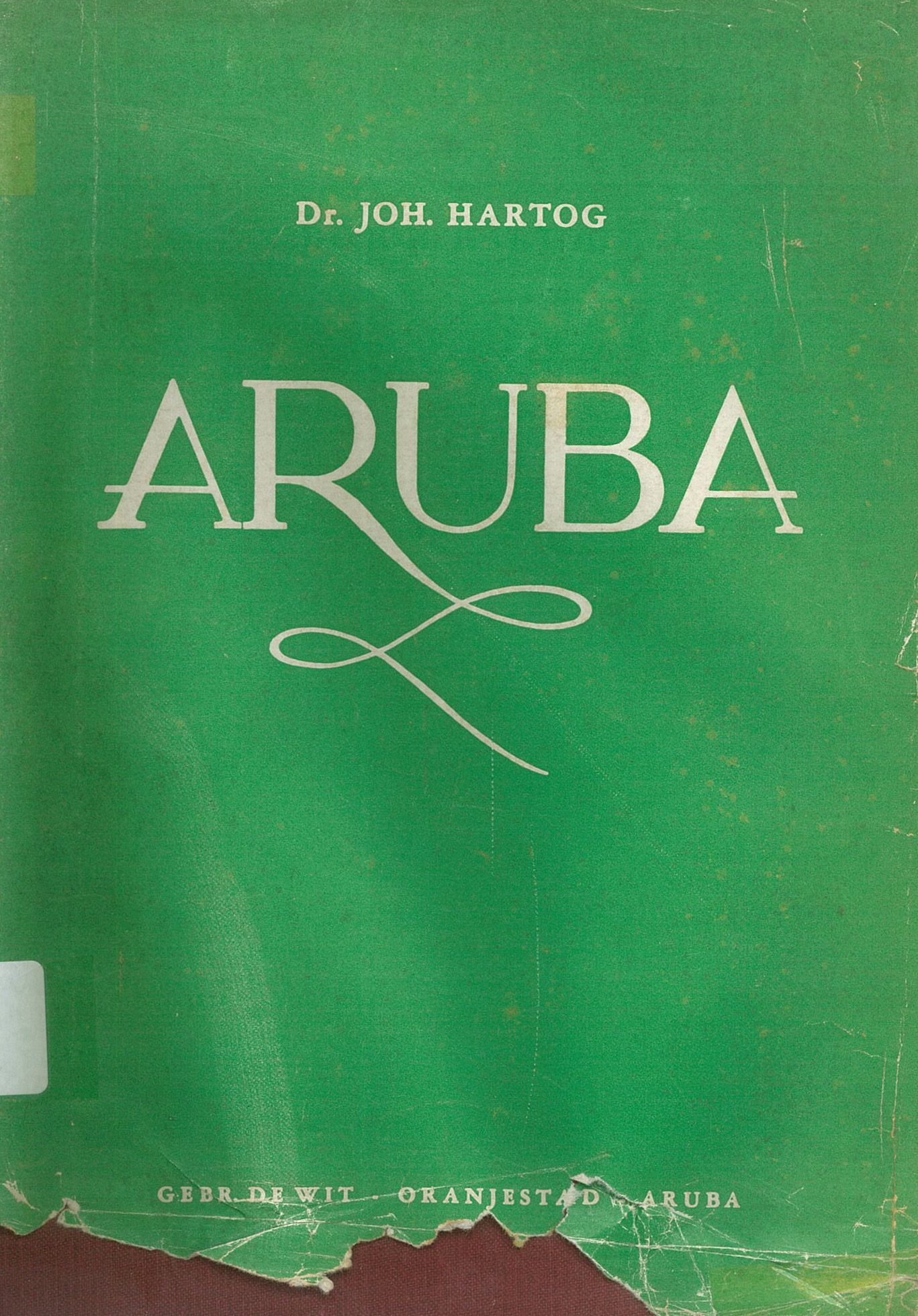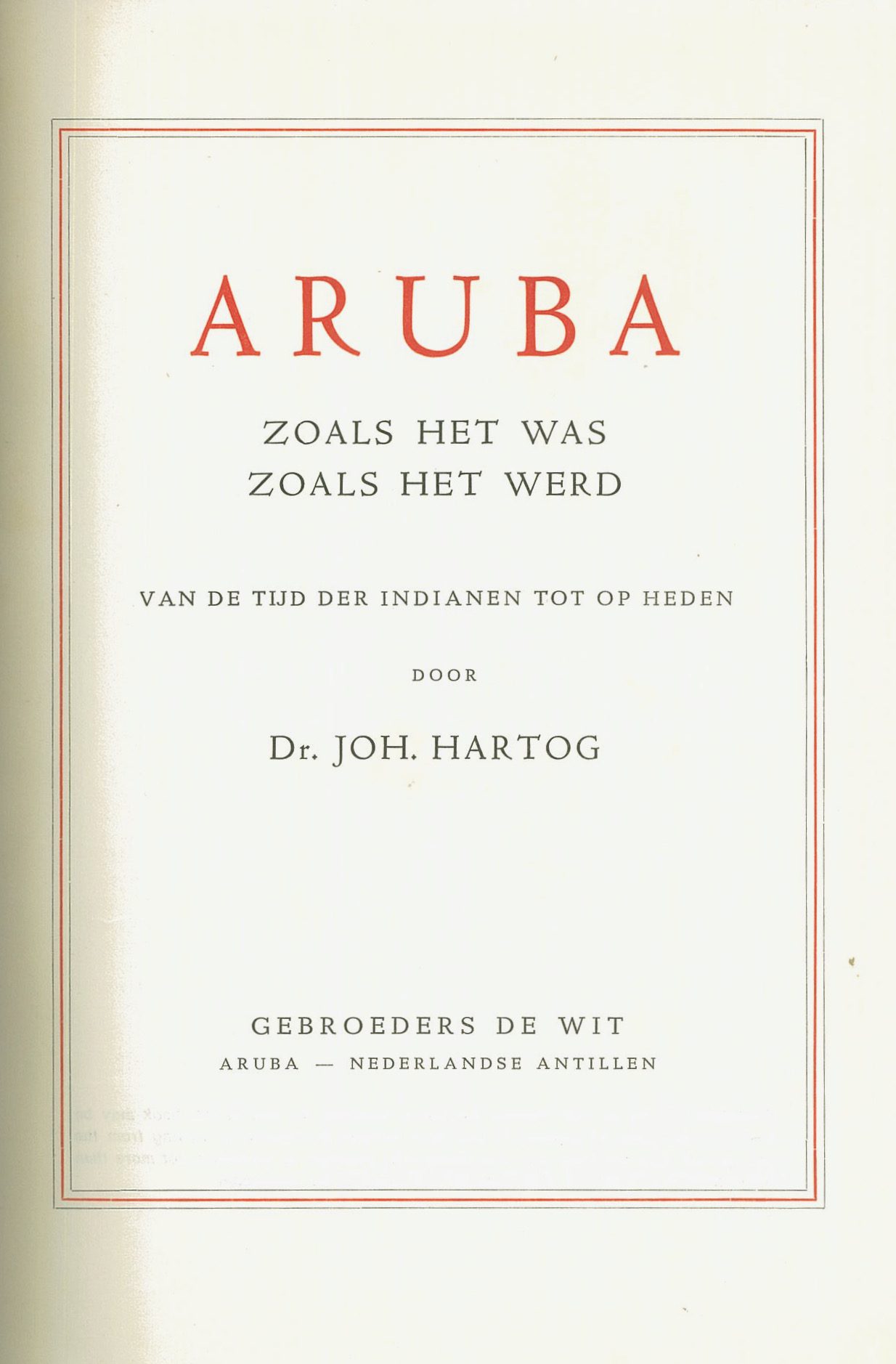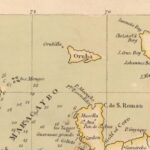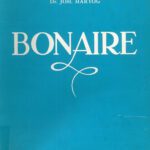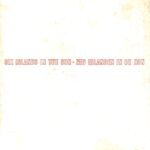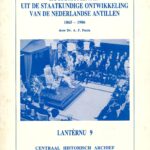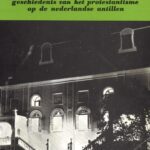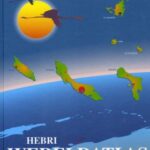Het boek “Aruba: zoals het was, zoals het werd: van de tijd der Indianen tot op heden” van Johan Hartog, gepubliceerd in 1953, biedt een uitgebreide geschiedenis van Aruba vanaf de precolumbiaanse periode tot aan de moderne tijd. Het boek is een historische analyse van Aruba, waarin Johan Hartog zorgvuldig de evolutie van het eiland onderzoekt: van de oorspronkelijke inheemse samenleving tot aan de moderne economische en politieke ontwikkelingen. Het werk is van grote waarde voor iedereen die geïnteresseerd is in de geschiedenis en cultuur van Aruba.
In het boek komen de volgende onderwerpen aan bod:
- Precolumbiaanse Periode: Beschrijving van de eerste bewoners van het eiland: de inheemse Arowakken en hun cultuur, levenswijze, en relatie met de natuur.
- Europese Ontdekking en Kolonisatie: De komst van de Spanjaarden in de 15e en 16e eeuw, gevolgd door de Nederlandse overheersing vanaf de 17e eeuw.
- Slavernij en Emancipatie: Een uitgebreide bespreking van de slavernijperiode, de rol van tot slaaf gemaakten in de lokale economie, en de uiteindelijke afschaffing van de slavernij in 1863.
- Economische Groei: De opkomst van belangrijke industrieën zoals de aloë vera-productie, fosfaatwinning, en de ontdekking van goud. Later wordt ook aandacht besteed aan de rol van de olieraffinaderij en het belang daarvan voor de economische groei van Aruba.
- Culturele en Sociale Ontwikkeling: Hartog beschrijft de cultuur, het onderwijs, de taalontwikkeling (Papiaments en Nederlands), en het dagelijks leven van de Arubaanse bevolking.
- Politieke Veranderingen: De weg naar grotere politieke zelfstandigheid binnen het Koninkrijk der Nederlanden, met een focus op de voorbereidingen richting Status Aparte (die later in 1986 werd gerealiseerd).
Woord Vooraf
Met het verschijnen van dit boek wordt eindelijk in een lang gevoelde behoefte voorzien; de geschiedenis van Aruba was nog niet verschenen; deze leemte wordt thans gevuld; dat dit uiterst belangrijk is voor de ingezetenen van Aruba is duidelijk, daar de geschiedenis van een land de geestelijke vorm is, waarin een cultuur zich rekenschap geeft van haar verleden. Het is ook duidelijk dat het verschijnen van dit boek tevens voor buitenstaanders waardevol is, daar wij immers maar al te vaak moeten constateren, dat gemis aan kennis van de geschiedenis van Aruba gepaard gaat met een trieste onderschatting van dit eiland.
Op vlotte en boeiende wijze vertelt ons Dr. Hartog hoe Aruba gegroeid is van een “isla inútil” tot een industrie-centrum van wereldbetekenis. Historische documentatie en romantiek wisselen elkaar hierin gestadig af. In spanning volgen wij de Schrijver van de bruisende boekanierstijd tot nuchtere zakelijkheid van de hedendaagse olieproductie toe. Ik ben ervan overtuigd, dat dit boek het grote succes zal oogsten wat ze verdient, ver buiten de grenzen van dit eiland, waar wij leven en werken – en gelukkig zijn.
![SMC002-FD-LOGO-500px-[ANI]](https://dutchcaribbeanheritage.org/wp-content/uploads/sites/2/2024/04/SMC002-FD-LOGO-500px-ANI.gif)
